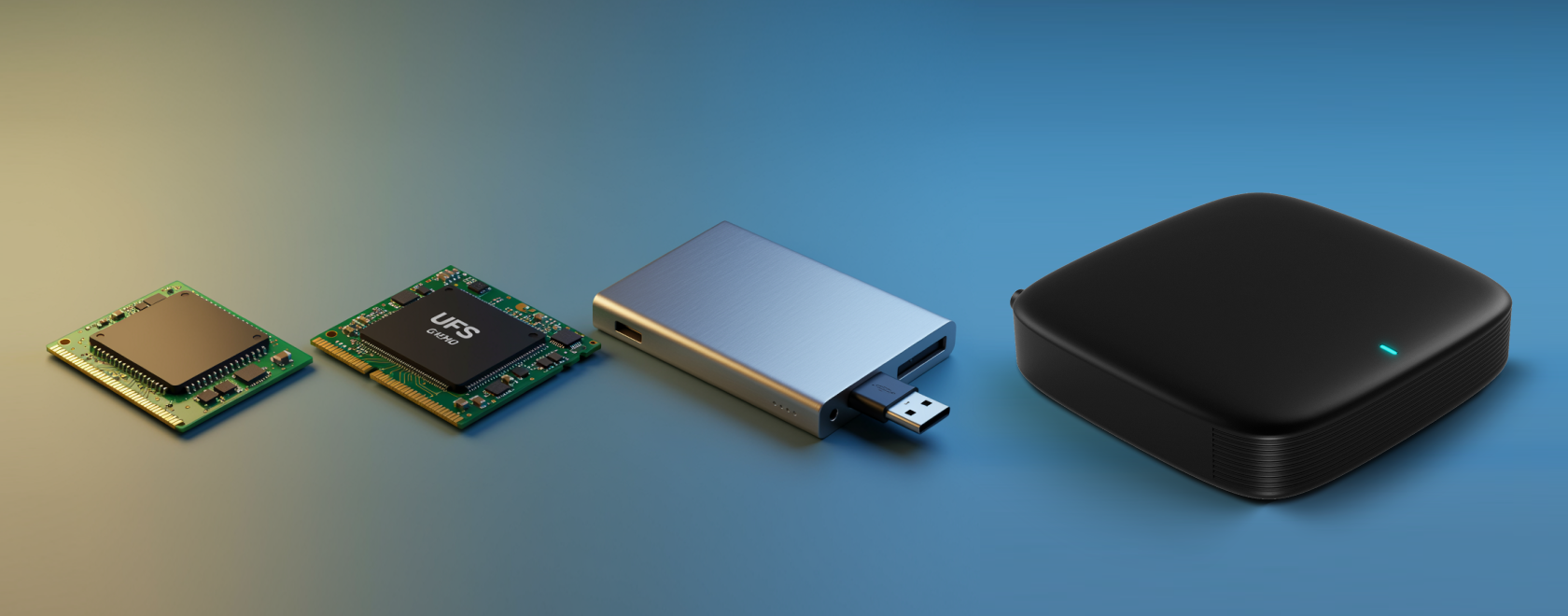When selecting a media player for your home entertainment setup, storage technology often gets less attention than processor speed or video resolution. Yet, storage plays a critical role in determining how quickly your device boots, how smoothly it handles large files, and how responsive it feels during everyday use. Modern media players typically rely on one of three storage types: eMMC, UFS, or an external SSD. Each has unique strengths and limitations that influence overall performance, longevity, and user experience. Understanding these differences can help you make an informed choice that matches your viewing habits and performance expectations.
eMMC: The Familiar Workhorse
Embedded MultiMediaCard, or eMMC, has been the most common storage solution for compact devices for over a decade. It integrates NAND flash memory with a controller in a single package, offering a balance between cost, space efficiency, and adequate performance. In media players, eMMC provides a straightforward solution for storing the operating system, apps, and a reasonable amount of user content.
However, eMMC uses a parallel interface and sequential data processing, which limits its speed compared to more modern technologies. While adequate for streaming from online services or playing local HD video, eMMC may struggle when handling high-bitrate 4K files, large local libraries, or simultaneous background tasks. In addition, write speeds can decline over time as the flash cells wear, which might lead to longer app load times after years of use. Its affordability and wide availability still make eMMC a dependable choice for budget-oriented media players, but it is not the champion of raw speed.
UFS: The Next-Generation Standard
Universal Flash Storage, or UFS, is a newer technology designed to overcome the performance limitations of eMMC. It employs a serial interface and supports full-duplex operation, allowing simultaneous reading and writing of data. This architecture leads to substantial improvements in both sequential and random access speeds, which is especially noticeable in media players that need to quickly buffer high-resolution video or manage multiple app processes at once.
UFS storage offers lower latency and higher efficiency, meaning the media player can respond faster to user commands and switch between tasks without delay. It is also more energy-efficient, which can contribute to cooler operation and potentially longer device lifespan. For media enthusiasts who demand instant playback, quick file transfers, and a snappy user interface, UFS stands out as the optimal built-in storage choice. Its main drawback lies in cost—UFS modules tend to increase the overall device price compared to eMMC-equipped models.
External SSD: Expanding Speed and Capacity
For users seeking maximum storage space and the flexibility to upgrade, an external Solid State Drive can be an attractive option. Connected via USB 3.0 or higher, an external SSD can provide read and write speeds that surpass even high-end UFS modules, especially when using NVMe-based drives in USB enclosures. This makes them ideal for storing massive libraries of uncompressed or high-bitrate 4K and even 8K video, where sustained throughput is critical for seamless playback.
An external SSD also offers the advantage of portability—you can easily swap it between devices, back up your media library, or upgrade to a larger capacity without replacing the media player itself. However, external storage introduces a dependency on connection stability, and not all media players can fully exploit an SSD’s speed due to interface limitations. In some cases, the user interface and operating system still run from internal storage, meaning that the perceived speed boost applies mainly to media file access rather than overall system responsiveness.
Choosing Based on Use Case
The decision between eMMC, UFS, and an external SSD should reflect how you intend to use your media player. If your viewing habits focus on streaming from online platforms, where the bottleneck is your internet speed rather than local storage, eMMC can serve perfectly well. For those who keep a diverse library of downloaded content and appreciate quick system navigation, UFS offers a substantial upgrade in day-to-day performance. Enthusiasts who work with extremely large files, maintain extensive offline collections, or require removable storage will benefit most from an external SSD.
Ultimately, the best choice balances cost, performance, and convenience. While UFS brings a premium internal experience and external SSDs offer unmatched storage flexibility, eMMC remains a capable option for entry-level needs. Recognizing the specific demands of your entertainment setup will ensure you invest in a media player that delivers the smooth, reliable performance you expect.
